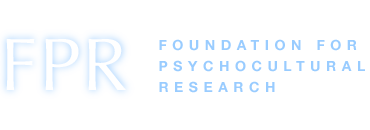A first workshop has three purposes: (1) to review what’s already known, (2) to come to a creative understanding of that knowledge, and (3) to engage people to think still more (Tobin, 2013). We might also suggest some basic guidelines:
- No more than 18 participants
- No formal presentations
- Two full days, lots of time for informal discussion during breaks and at dinner
- Comfortable meeting room (table should be a hollow square) with lots of natural light
- Moderator should make sure everyone is part of the discussion and maintain the sense that everyone is working toward a common goal
- Mostly early-career or a mix of early-career and experienced researchers
- Create an ad hoc committee from workshop attendees to organize follow-up.
Criteria for Success
- The workshop fosters new questions and the idea that progress in a new direction is possible.
- Creates a non-intimidating environment for young scientists to share their ideas.
- Effectively dissolves disciplinary boundaries
- Tracks technological and conceptual innovations
- Builds a sustainable network of diverse researchers with a common interest/concern
- Promotes data sharing and crowdsourcing
Choosing Participants
The participants should be carefully selected – smart, interactive, diverse in disciplines, an equal mix of men and women and of basic researchers, clinicians, academics, younger and more experienced investigators.
